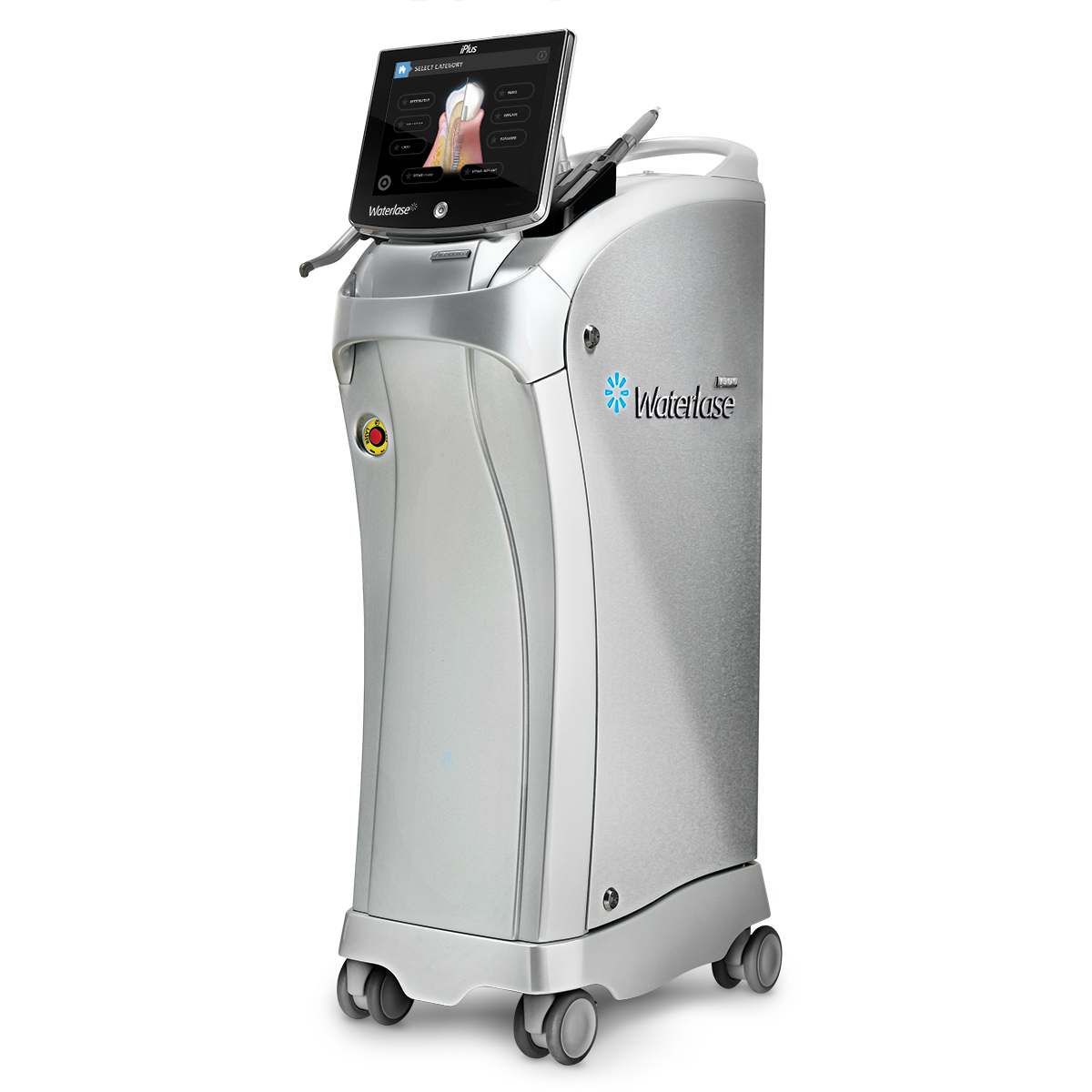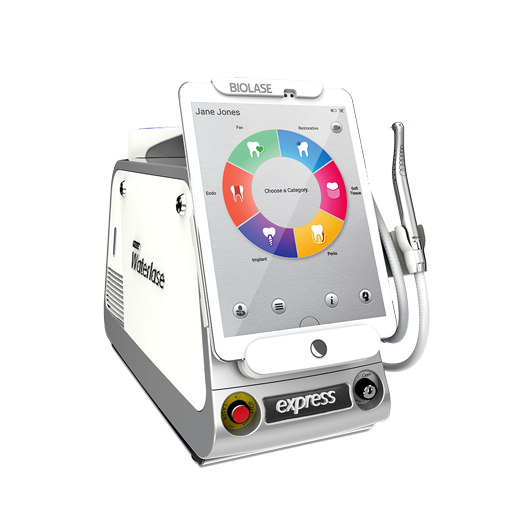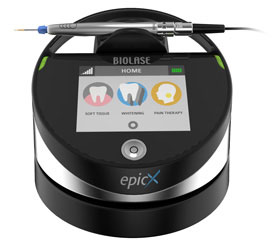The potential for cross-contamination between patients in the dental operatory is a real and widely documented risk, and something that today’s patients are becoming more aware of and concerned about. Using WaterLase as an alternative to traditional drills and endodontic files can help provide a cleaner, safer environment for your patients and help put their minds at ease.
Unlike burs and endo files, which are manufactured and FDA-approved only for single-use on patients and cannot be properly sterilized for re-use, the WaterLase YSGG laser energy is bacteriacidal. The BIOLASE dental laser, WaterLase is also FDA indicated for disinfection of the root canal after instrumentation.
Pathogenic microorganisms found on dental burs
In a research study published in the British Dental Journal, the following bacterial and fungal species were recovered from burs used in dental practice: Streptococcus, S. mutans, S. sanguis, S. milleri, Anaerobic streptococci, Lactobacillus spp., Gemella, G. morbillorum, Staphylococcus spp., Coagulase negative staphylococci, Corynebacteria spp., Actinomyces spp., Aerococcus viridans, Enterococcus avium, Stomatococcus mucillagenous, Black pigmented anaerobes, Prevotella spp., Porphyromonas spp., Veillonella spp., Candida, C. albicans.
15% of “sterilized” burs and up to 76% of “sterilized” endodontic files carry pathogenic microorganisms. The complex bur surface is difficult to clean, so autoclaving often fails to completely decontaminate burs before they are used on the next patient.
CDC viewpoint on cross-contamination
The Centers for Disease Control defines cross-contamination as the act of spreading bacteria and viruses from one surface to another. Blood-borne viruses have the ability to live on objects and surfaces for as long as a week.
Reducing Cross-contamination risks in dental offices
The WaterLase dental lasers are made by BIOLASE. The laser replaces the need for drills, needles, anesthetic, and scalpels for many common dental procedures and may reduce risk of cross-contamination.
Here are just a few reasons why WaterLase is a cleaner and safer choice in the dental operatory:
- Tip surface does not harbor debris or bacteria
- YSGG laser energy is bacteriacidal
- No direct contact to tooth or tissue
- Tips are single-use, disposable
- Accidental “sticks” are eliminated
Learn more about how to reduce cross-contamination risks to your patients at BIOLASE.com.
References
Morrison A, Conrad S. Dental burs and endodontic files: are routine sterilization procedures effective? J Can Dent Assoc. 2009 Feb;75(1):39. Republished in: Tex Dent J. 2010 Mar;127 (3):295-300.
Smith A, Dickson M, Aitken J, et al. Contaminated dental instruments. J Hosp Infect. 2002 Jul;51(3):233-5.
Gordon W, Atabakhsh VA, Meza F, Rizoiu I, Stevens R, et al. The antimicrobial efficacy of the erbi-um, chromium:yttrium-scandium-gallium-garnet laser with radial emitting tips on root canal dentin walls infected with Enterococcus faecalis. JADA 2007; 138(7): 992-1002.
Smith AJ. Decontamination of dental burs. British Dental Journal 197, 623 (2004).
Whitworth CL, Martin MV, Gallagher M, et al. A comparison of decontamination methods used for dental burs. British Dental Journal, Vol 197 No. 10.
Bennett P, Grove P, Perera L, McLean I. Potential vCJD Transmission Risks Via Dentistry: An Interim Re-view. Presented to the Spongiform Encephalopathy Advisory Group (SEAC), 14th December 2007.
Bagg J, Sweeney CP, Roy KM, Sharp T, Smith A. Cross infection control measures and the treat-ment of patients at risk of Creutzfeldt Jakob disease in UK general dental practice. Br Dent J 2001; 191(2):87–90.
Taylor DM. Inactivation of prions by physical and chemical means. J Hosp Infect 1999; 43 Suppl:S69–76.
Ingrosso L, Pisani F, Pocchiari M. Transmission of the 263K scrapie strain by the dental route. J Gen Virol 1999; 80(Pt 11):3043–7.
Adams DH, Edgar WM. Transmission of agent of Creutzfeldt-Jakob disease. Br Med J 1978; 1(6118): 987.
Ito M, Ashoori M, Osuka S, Matsuyama M, Usami T, Kaneda T. International Conference on AIDS, Cross-contamination risks of invasive dental procedures using high-speed handpieces. Int Conf AIDS. 1994 Aug 7-12; 10: 185 (abstract no. PB0167).



